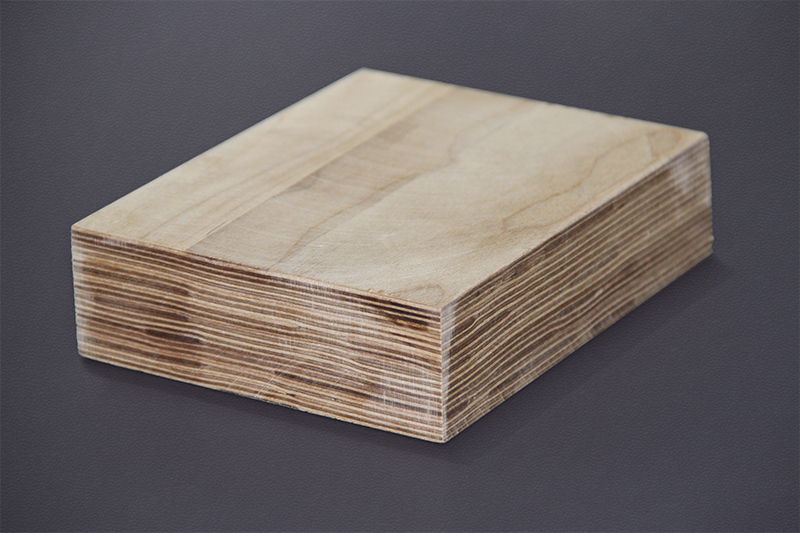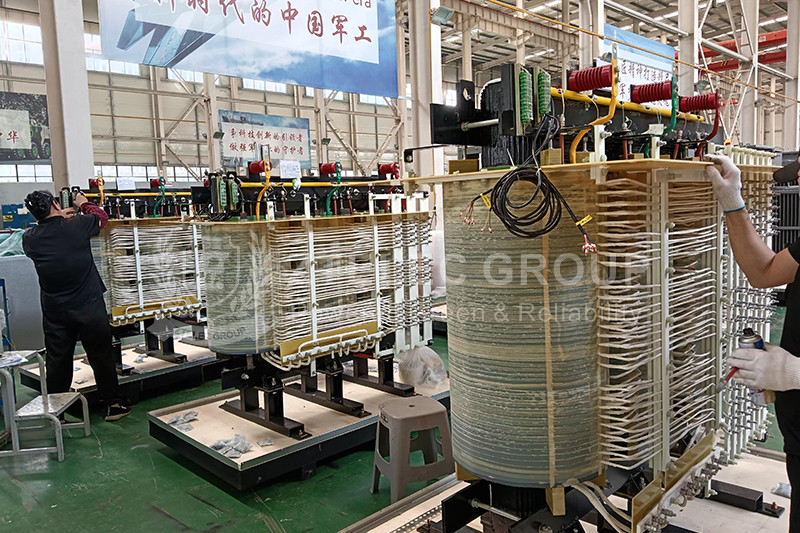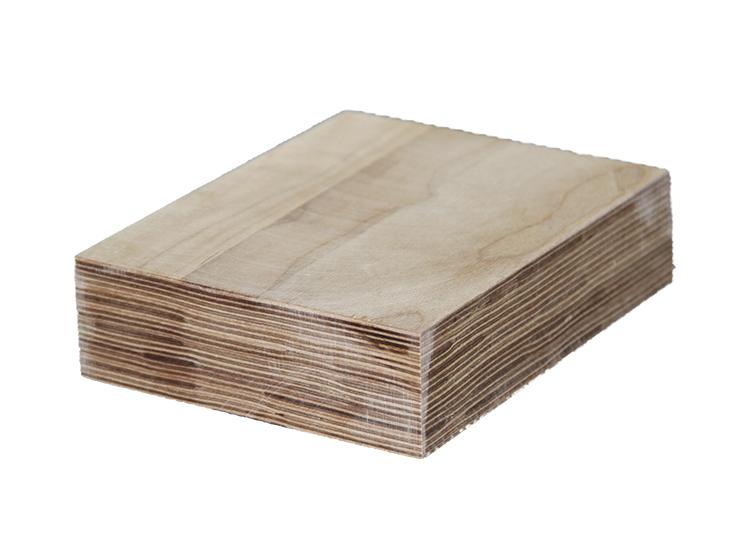Electrical laminated wood supplier price comparison: 3 key factors affecting cost
Electrical laminated wood is a high-performance composite material developed specifically for electrical insulation scenarios. It is made of natural wood such as birch and maple as the base material, impregnated with synthetic resins such as phenolic and epoxy, and then cured by high-temperature and high-pressure lamination. This material perfectly combines the easy processing of wood with the electrical insulation advantages of synthetic resins, and plays an irreplaceable role in power equipment, new energy, rail transportation and other fields.

Three major factors affecting the price of electrical laminated wood suppliers
1. Cost of raw materials for electrical laminated wood
Base material type: Hardwood (such as birch and maple) costs is higher than cork, but it has more stable electrical properties and is the preferred choice for high-precision scenarios; although cork has a lower cost, its performance is more volatile.
Resin system: Epoxy resin is more expensive than basic phenolic resin due to its high temperature resistance; if special formulas such as flame retardant are added, the cost will rise further, but it can meet more stringent use environment requirements.
Geographical differences in the supply chain: Nordic suppliers rely on local birch resources, and the cost of raw materials may be more advantageous than Asian imports, but higher labor costs will partially offset this bonus; Asian suppliers are more competitive in labor costs.
2. Electrical laminated wood production process and technology
Laminating technology differences: The density uniformity of boards produced by the vacuum pressurization process is significantly better than that of traditional hot pressing processes, but due to higher equipment investment, the quotation will increase accordingly, which is suitable for scenes with extremely high requirements for material stability.
Accuracy level classification: Boards with stricter thickness tolerance control (such as ±0.1mm) have a certain premium over products with ordinary tolerances (such as ±0.5mm). The former is more suitable for precision scenes such as high-voltage electrical appliances and can reduce post-processing losses.
Certification cost addition: Suppliers with UL certification, IEC 60893 compliance and other qualifications need to invest additional testing costs, so the price is usually higher, but it can help customers reduce compliance risks and avoid project delays due to lack of qualifications.
3. Scale and Logistics
Order Scale Impact: Small-batch orders may face higher unit prices, while customers signing annual framework agreements can enjoy tiered discounts. Large-scale procurement offers significant cost advantages.
Transportation Mode Selection: Sea freight can save considerable shipping costs compared to land transport, but it extends delivery times. Companies must balance transportation costs and lead times based on inventory turnover efficiency.
Regional Policy Benefits: Exporters in certain regions may leverage tariff incentives (such as those under the China-ASEAN Free Trade Area), creating a price advantage over suppliers from other regions. This is especially beneficial for large-scale procurement with high cost sensitivity.

Core Criteria for Selecting a Quality Electrical Laminated Wood Supplier
1. Key Certifications
Comprehensive Certification System: Cover international certifications such as UL, IEC 60893, and RoHS, especially for high-voltage and high-frequency applications, ensuring compliance with cross-regional project standards.
Reliable Test Data: Suppliers should provide dielectric strength, water absorption, and other key performance data from the past three years. The performance fluctuation must remain within a reasonable range to prove product stability.
2. Manufacturing Capability
Advanced Technology: Utilize advanced processes such as vacuum impregnation (for high resin penetration) and CNC lamination (for tight thickness tolerances) to ensure material consistency.
Low Defect Rate: Conduct 100% flaw detection before delivery. High detection rates of defects like delamination and bubbles help minimize the risk of material waste during customer processing.
3. Supply Capability
Inventory and Production Capacity: Monthly output must reach a certain scale and support urgent orders (e.g., delivery within 7 days) to avoid production delays caused by supply disruptions.
Reliable Logistics: High on-time delivery rate with diversified transport options such as land and sea shipping to meet various lead time requirements.
4. Service and Support System
Technical Support: Provide detailed machining parameters, failure analysis, and professional guidance to help customers optimize their processing procedures.
After-Sales Guarantee: Offer warranties of 12 to 24 months. Prompt product replacement or return in case of quality issues helps reduce customer usage risk.
5. Cost-Effectiveness
Transparent Quotation: Clearly itemize the costs of base material, resin, and processing fees to facilitate customer cost comparison and analysis.
Flexible Cost-Reduction Solutions: Offer alternatives such as modified phenolic resins to replace epoxy resin, achieving cost savings without compromising performance—balancing quality and budget.
By comprehensively evaluating the above factors, companies can accurately select the most cost-effective electrical laminated wood supplier, ensuring both cost control and project quality.
- more+releated article
- 2025-10-21Application of K Factor Transformer
- 2025-10-21Detailed explanation about transformer model w
- 2025-10-2010kV Oil-Immersed Transformer Safety: Lightnin
- 2025-10-20What are The Advantages of Phenolic Cotton Clo
- 2025-10-17Are Three-Phase Isolation Dry-Type Transformer
- 2025-10-17G10 Epoxy Sheet: Choosing the Right Specificat
- 2025-10-1610kV Oil-Immersed Transformer Operation Inspec
- 2025-10-163240-B Epoxy Phenolic Glass Fiber Cloth Lamina
- 2025-10-15G10 Epoxy Sheet: The Preferred Insulation Mate
- 2025-10-15Analysis of Energy-Saving and Noise Control Te





